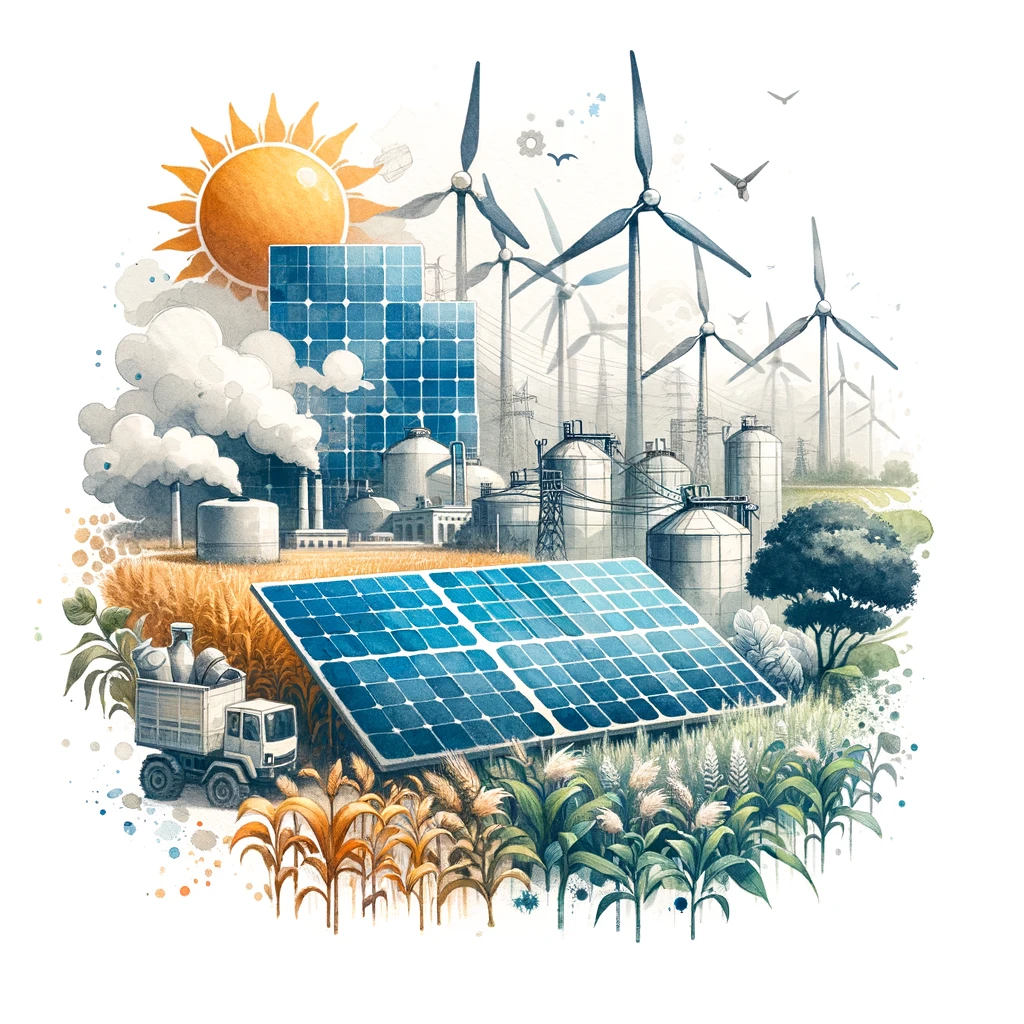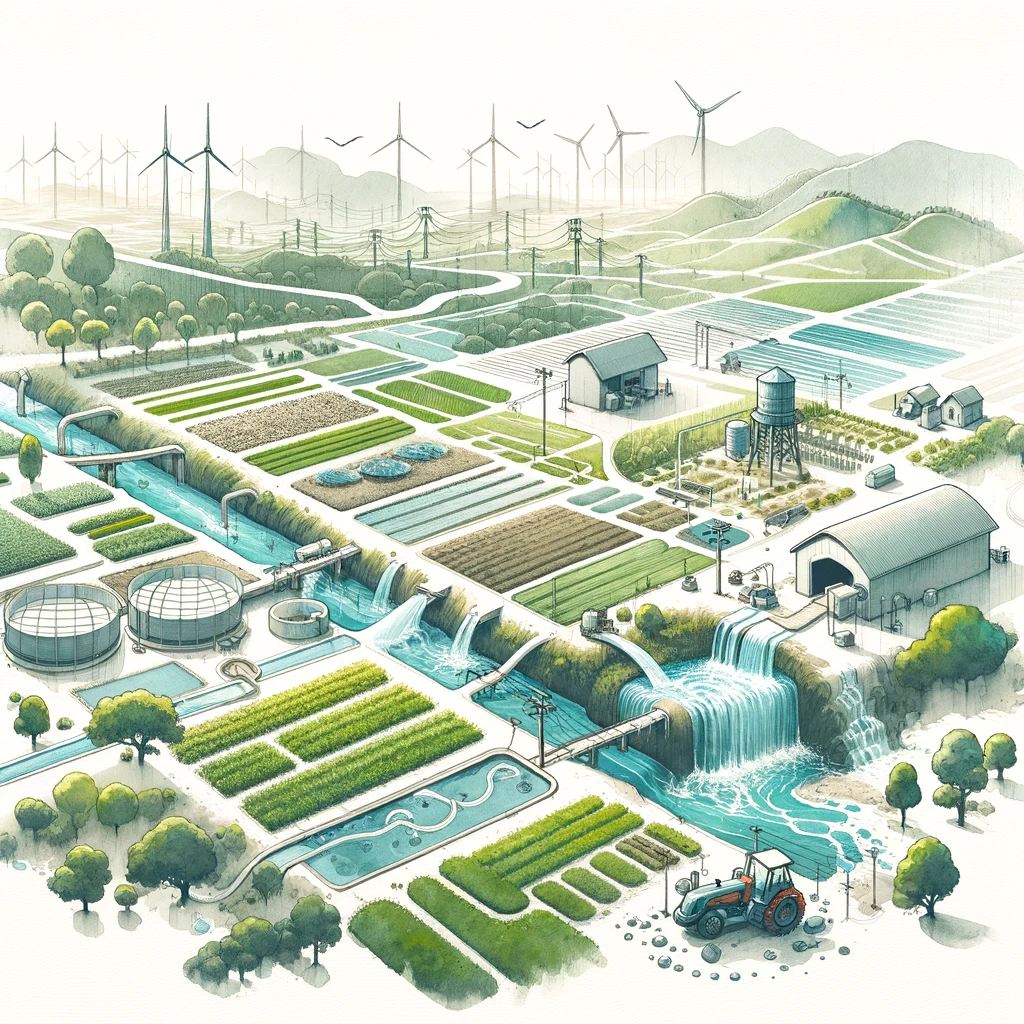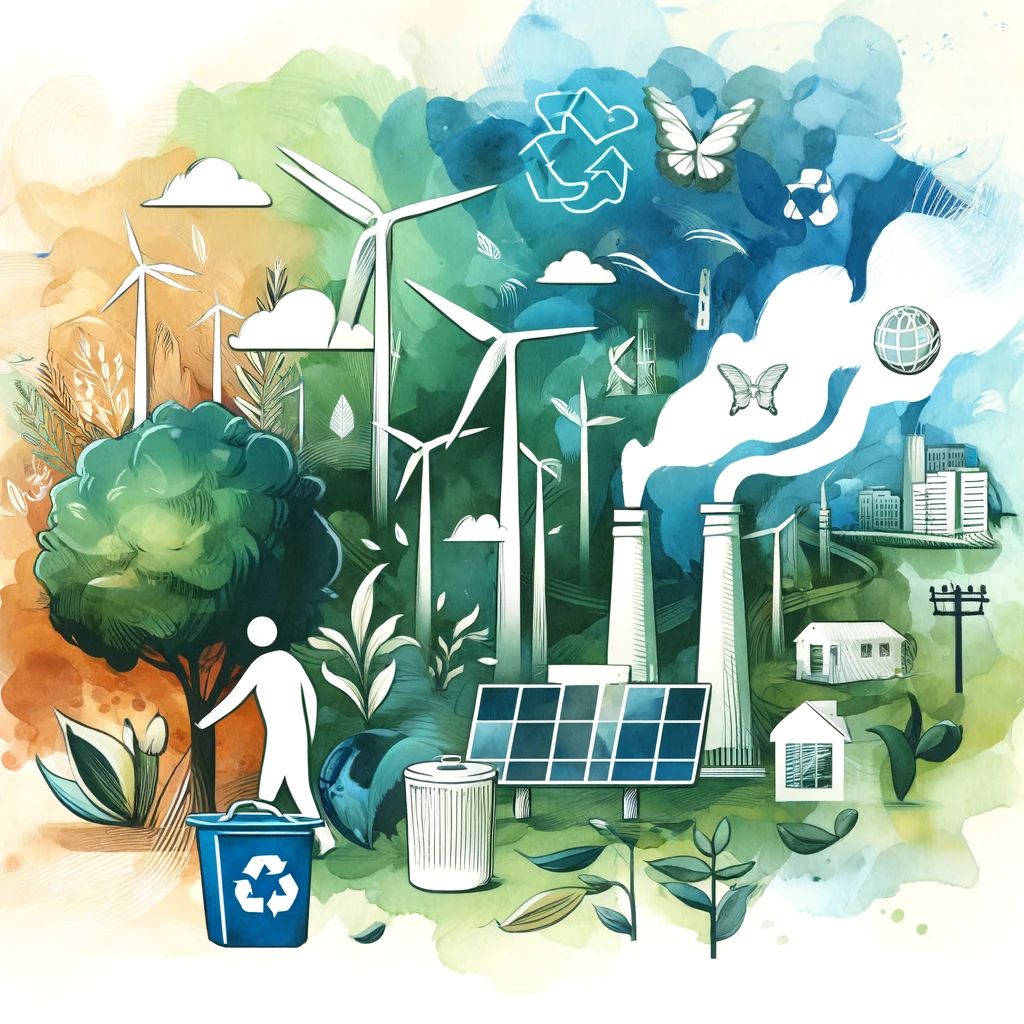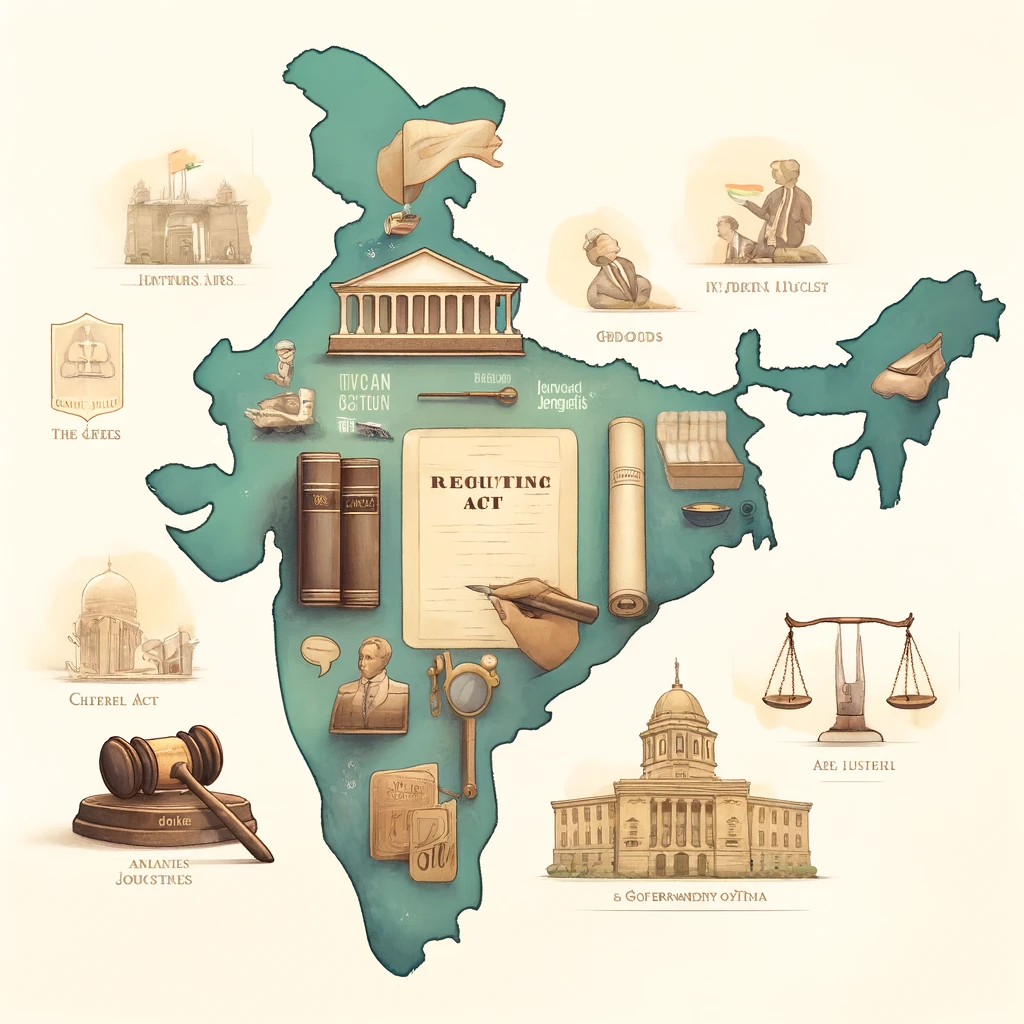Natural resources form an economy’s backbone, providing raw materials and energy for satisfying human needs. Resource management and conservation are the prime requirements for sustainable development and ecosystem health. This article highlights some different types of natural resources, principles of resource management for sustainability, conservation of forests and wildlife, water resource management, and governmental initiatives in India.
- Natural Resources help in capital creation, and it is due to the capital gains and manufacturing processes that our economy can sustain.
- If the conservation of natural resources isn’t taken seriously, it will take millions of years to restore them for survival.

Types of Natural Resources
The following are the different types of natural resources:
Renewable Resources
- Solar Energy: Captured from sunlight using solar panels and photovoltaic cells, solar energy is a clean, inexhaustible resource widely distributed around the world. India has vast solar potential, particularly in states like Rajasthan and Gujarat.
- Wind Energy: Generated using wind turbines, wind energy is another clean, renewable resource. Wind farms are prevalent in coastal and high-altitude areas. Tamil Nadu and Gujarat are leading states in wind energy production in India.
- Biomass: Derived from organic materials like plant and animal waste, biomass can be converted into biofuels and biogas. It is a significant source of energy in rural areas for cooking and heating.
Non-Renewable Resources
- Coal: A fossil fuel used primarily for electricity generation and industrial processes. India is one of the largest coal producers, with significant reserves in Jharkhand, Odisha, and Chhattisgarh.
- Oil: Extracted from underground reservoirs, oil is crucial for transportation, industrial processes, and as a raw material for various products. India imports a significant portion of its oil, with domestic production mainly in states like Gujarat and Assam.
- Natural Gas: Used for electricity generation, heating, and as a feedstock for fertilizers and chemicals. Major natural gas reserves in India are found in the Krishna-Godavari Basin and Assam.
Sustainable Resource Management
Conservation of Natural Resources basically deals with activities to benefit and prevent excessive destruction or degradation of the environment. When we deal with the sustainable management of natural resources we also have to make sure to process the rational use of natural resources to maintain the environmental balance.
Principles of Sustainable Development
- Intergenerational Equity: Ensuring that the use of resources today does not compromise the ability of future generations to meet their needs.
- Conservation of Biodiversity: Protecting ecosystems, species, and genetic diversity to maintain ecological balance and resilience.
- Integrated Approach: Considering environmental, social, and economic factors in decision-making to achieve balanced and sustainable outcomes.
Strategies for Conservation of Natural Resources
- Efficient Utilization: Promoting technologies and practices that enhance resource efficiency and reduce waste. For example, using energy-efficient appliances and industrial processes.
- Renewable Energy Adoption: Shifting from non-renewable to renewable energy sources to reduce environmental impact and ensure long-term sustainability.
- Recycling and Reuse: Encouraging the recycling of materials like paper, plastic, and metals to reduce the demand for raw materials and minimize waste.
Forests and Wildlife Conservation
The main purpose of the conservation of resources is to preserve and protect natural ecosystems and biodiversity. This includes protecting habitats, endangered species, and genetic diversity.
Importance of Forest Conservation
- Biodiversity: Forests are home to a vast array of plant and animal species, supporting biodiversity and ecological balance.
- Climate Regulation: Forests act as carbon sinks, absorbing CO2 and mitigating climate change. They also influence local and global climate patterns.
- Livelihoods: Forests provide resources like timber, fuelwood, and non-timber products, supporting the livelihoods of millions of people, especially indigenous communities.
Causes of Deforestation
- Agricultural Expansion: Clearing forests for crop cultivation and livestock grazing.
- Infrastructure Development: Construction of roads, dams, and urban areas.
- Logging: Legal and illegal logging for timber and fuelwood.
Conservation Strategies
- Afforestation and Reforestation: Planting trees to restore degraded forests and increase forest cover.
- Protected Areas: Establishing national parks, wildlife sanctuaries, and biosphere reserves to protect habitats and species.
- Community-Based Conservation: Involving local communities in conservation efforts to ensure sustainable use and protection of forest resources.
Major Wildlife Conservation Projects in India
- Project Tiger: Launched in 1973, this project aims to protect tigers and their habitats. It has helped increase the tiger population and establish numerous tiger reserves.
- Project Elephant: Initiated in 1992, this project focuses on conserving elephants and their habitats, reducing human-elephant conflicts, and ensuring the welfare of captive elephants.

Water Resources Management
The need for conservation of natural resources is caring for these resources so all living things can benefit from them in the present and future. Everything in our society ultimately comes from nature.
Issues Related to Water Scarcity and Pollution
- Water Scarcity: Over-extraction of groundwater, inefficient irrigation practices, and climate change contribute to water scarcity. Regions like northwestern India face severe water stress.
- Pollution: Industrial effluents, agricultural runoff, and untreated sewage pollute water bodies, affecting water quality and aquatic life.
Water Management Strategies
- Rainwater Harvesting: Collecting and storing rainwater for domestic, agricultural, and industrial use. This helps recharge groundwater and reduces dependence on external water sources.
- Watershed Management: Managing the entire watershed area to conserve soil and water, enhance groundwater recharge, and improve agricultural productivity.
- Interlinking of Rivers: Proposed projects to transfer water from surplus to deficit regions, aiming to reduce floods and droughts and ensure equitable water distribution.

Government Initiatives
National Afforestation Programme (NAP): The NAP aims to promote afforestation and eco-restoration of degraded forests and lands. It involves community participation and aims to enhance forest cover and biodiversity.
Compensatory Afforestation Fund Management and Planning Authority (CAMPA): CAMPA was established to manage funds collected for compensatory afforestation from project developers who divert forest land for non-forest purposes. The funds are used for afforestation, regeneration of degraded forests, and wildlife protection.
National Water Policy: The National Water Policy emphasizes the sustainable management of water resources. It advocates for integrated water resource management, equitable distribution, efficient use, and the conservation of water bodies.
Conclusion
The conservation of natural resources is, therefore, of cardinal importance for environmental health and socio-economic development, and such natural resources must be conserved and managed on a sustainable basis. Several steps must be taken to understand the types of natural resources available to implement effective conservation and take along the best sustainable practices. It calls for an initiative from the government, especially the National Afforestation Programme, CAMPA, and the National Water Policy, to pursue this in India with greater vigor. The protection of natural resources, as well as the reaching of goals concerning sustainable development, will be possible only via an integrated and inclusive approach.
| Conservation of Natural Resources UPSC Notes |
| 1. Natural resources are essential in economic development as they provide all the raw materials needed by humans to survive and for energy purposes. 2. Natural resources should be utilized in ways that are not harmful to ecosystem health or future availability. 3. The two most valued renewable resources are solar and wind energies; combined with biomass, they will be crucial to live independently of fossil fuels. 4. Coal, oil, and natural gas remain indispensable in energy production, but their utilization faces a host of sustainability concerns. 5. The very foundation of sustainable development rests on two major issues: resource availability to future generations and maintenance of biodiversity. 6. Conservation of forests and their wildlife is not only necessary for maintaining biodiversity but also for regulating climatic conditions and providing livelihood to indigenous communities. 7. The management of the resource of water includes strategies aimed at overcoming water scarcity and pollution, rainwater harvesting, and watershed management, among others. 8. Government initiatives include the National Afforestation Programme, CAMPA undertaken to promote the conservation of resources for sustainability in India. |



